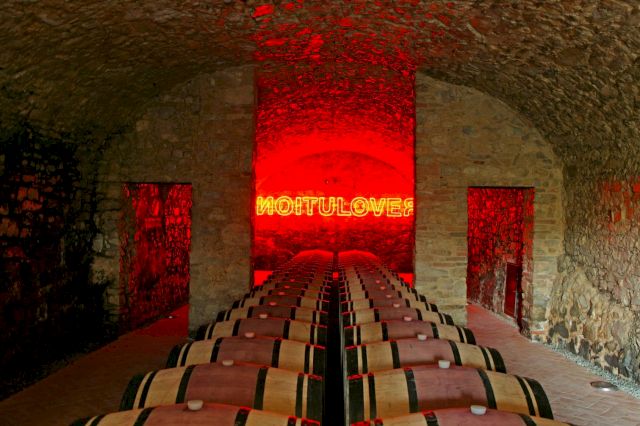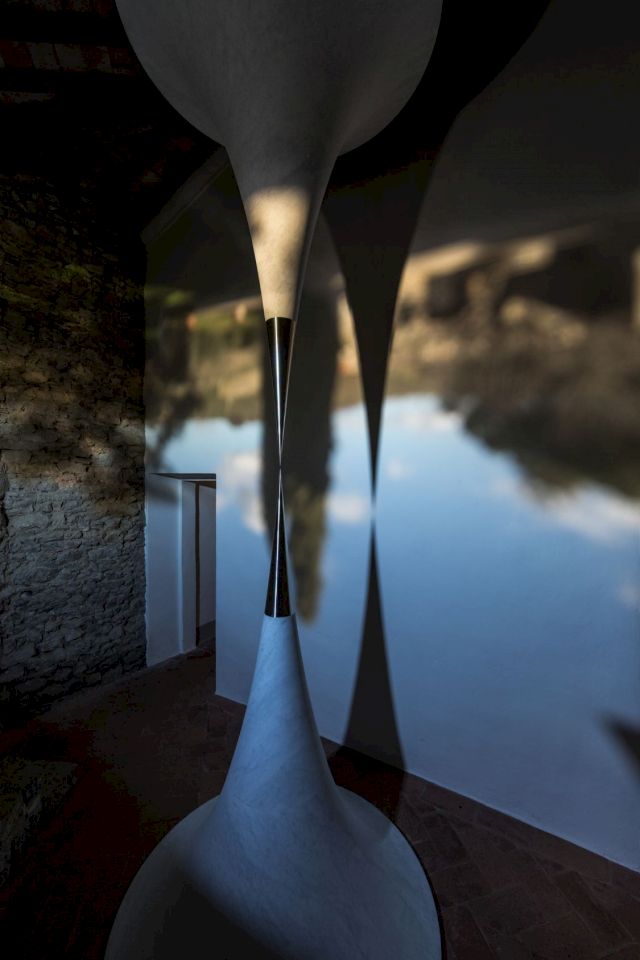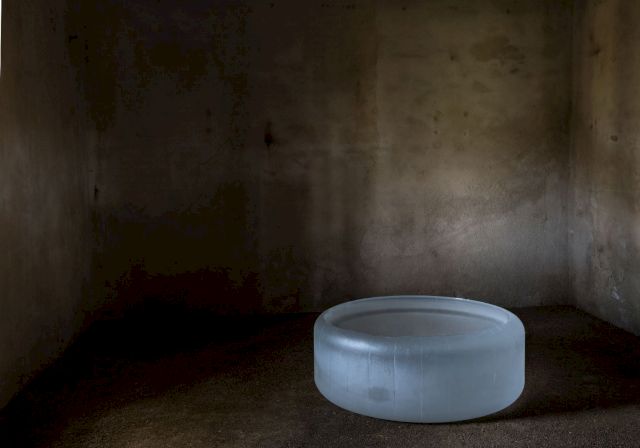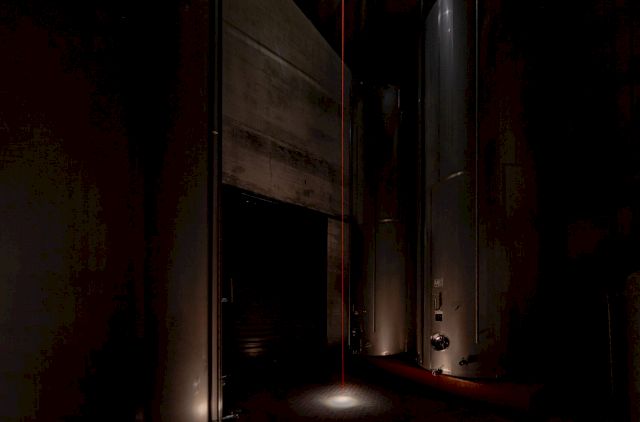BMW Art Guide by Independent Collectors
Castello di Ama per l’Arte Contemporanea
Site-specific installations for a dual passion: art and wine


One thing is essential for Lorenza Sebasti and Marco Pallanti: the uniqueness of place: this is true of their wines, of course, whose uniqueness is owed to the soil’s inherent qualities, but also of their art collection, which consists exclusively of site-specific and permanent installations. The project started in 2000, and almost every year an artist is invited in their vineyard estate to dialogue and create a piece inspired by the spirit of the place. Since 2015 Philip Larratt-Smith is in charge of the project and curated the last installations of Lee Ufan ( 2016), Roni Horn (2017) and Miroslaw Balka (2019).


The first artist was Michelangelo Pistoletto, who set up a four-meter-high tree with a mirror hidden inside of it—a trademark of the artist—in the basement of the Villa Pianigiani. After Pistoletto, many other well-known artists, such as Daniel Buren or Ilya & Emilia Kabakov, came and dealt with this unique space in their own striking way.


"Artists from all over the world give life to a community, devoid of ideologies and yet the works created are deeply linked to the local situation."
Take a further look into this concept with individual videos for each of the presented artists on the Castello di Ama per l’Arte Contemporanea website below.


More Information on Castello di Ama per l’Arte Contemporanea